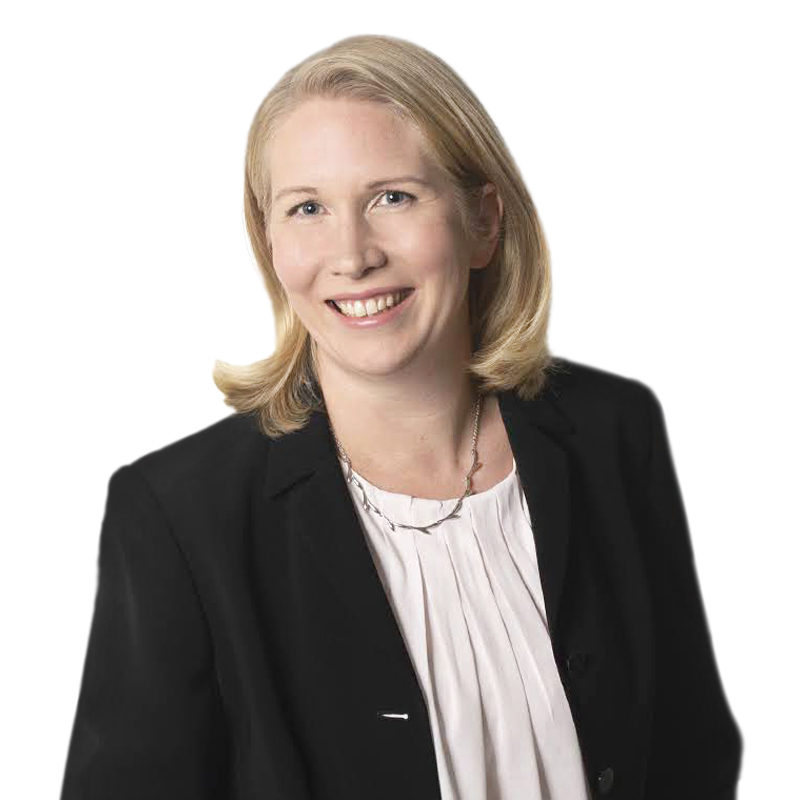
Focusing on processes creates results
Every day in every business, several steps are taken to reach the set goals. From the first input to the last deliverable, these steps form foundation for business performance and customer satisfaction. When we want to understand what is working and what is not, we need to identify and focus on each step and analyse the entire end-to-end process built on them from start to finish.
At Teleste, we typically define our end-to-end process to start from the request for quotation from our customer, and to end at the last customer deliverable whether as part of the project deliverables or in the service phase. The timeline from start to finish can extend over several years, and when measuring effectivity, all steps in the multistage and often complex process matter. As the old phrase states, “the chain is only as strong as its weakest link”.
Various performance indicators are good sources of information and commonly used tools for understanding process performance from the point of view of quality, schedule and used resources. It’s also valuable to analyse the process based on delivering the expected performance and identifying possible nonconformities in the output, as well as hearing the internal and external stakeholders involved in the process.
It is characteristic of the process reviews that all questions do not get an immediate answer.
To ensure that performance of our processes is evaluated from different angles, our internal process reviews gather stakeholders around one table. In the reviews, we pay attention to partly the same questions as our customers as well as auditors ask from us. The reviews are also the place, where we can focus on one process step at a time to understand what is already working well and where the improvement areas are in a short, mid-term and long-term perspective.
It is characteristic of the process reviews that all questions do not get an immediate answer. However, it is valuable to discuss openly on our targets and ways of working that lead to successful outcome. Equally important is to recognise if there’s something that might limit us from performing even better. A complete status overview together with shared knowledge and open communication among stakeholders, as well as strong sense of ownership are the basis for future improvement.
As our customers and the society change, so must our processes do to address the future needs.
We all play a role in some process in our daily work, and there are steps that we perform that are defined to ensure successful delivery of the expected output. As ‘owners’ of a process step we also have an opportunity to raise hand whenever something in the process is not performing as expected. The sooner the possible nonconformities are recognized, the more time there is for corrective actions within the end-to-end process. This is guaranteed by the constant feedback loop.
In 2021 we have launched an improvement project within our organisation to increase maturity and ownership of our processes even further. The target is to improve efficiency of our operations and add value both to us and our customers: as our customers and the society change, so must our processes do to address the future needs. Increasing the level of standardisation in our processes and ways of working is the key enabler to reach the target.
Pirkko Korpi
Pirkko Korpi
I’m Director of Marketing and Business Development for Teleste’s Video Security and Information business unit. I have a passion for continuous improvement of business processes and collaboration across boundaries. See my LinkedIn for more information.



